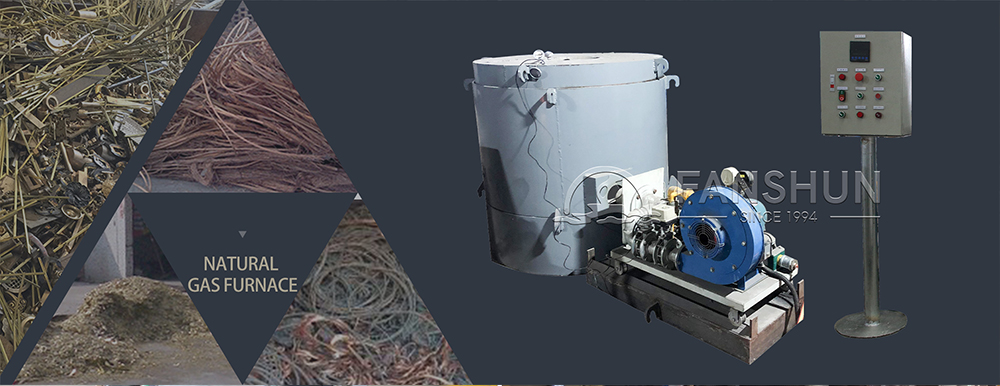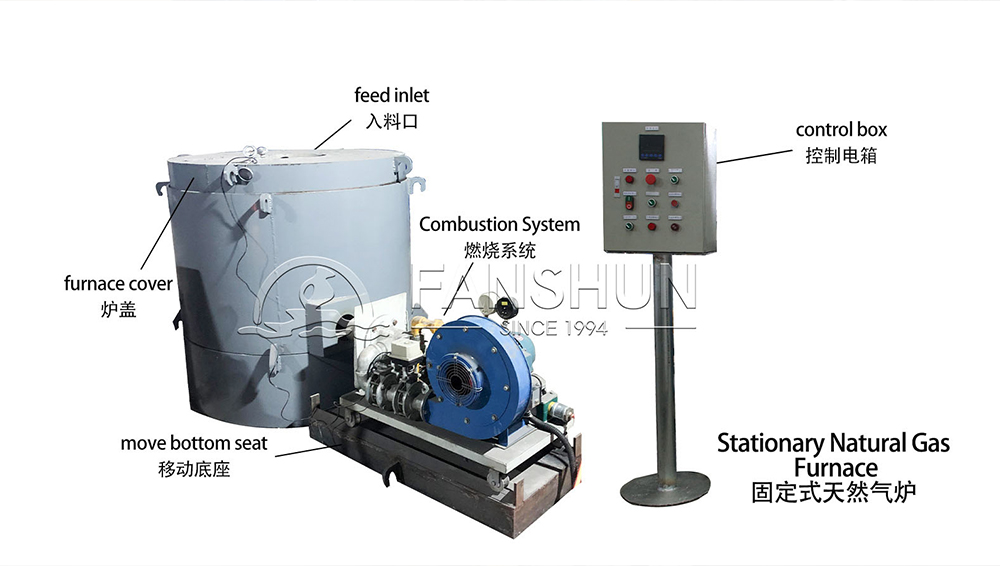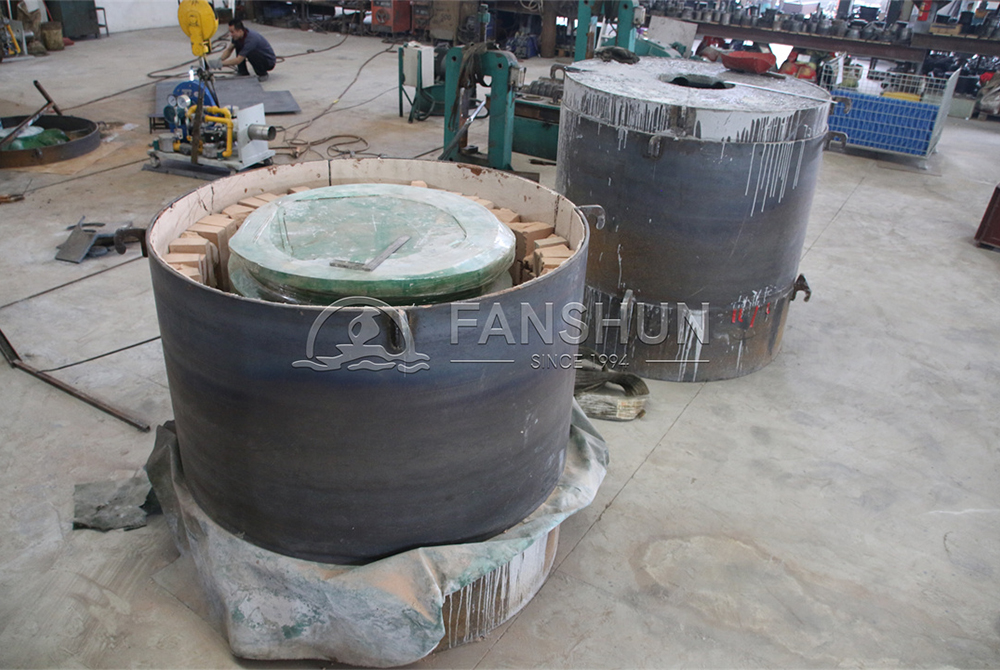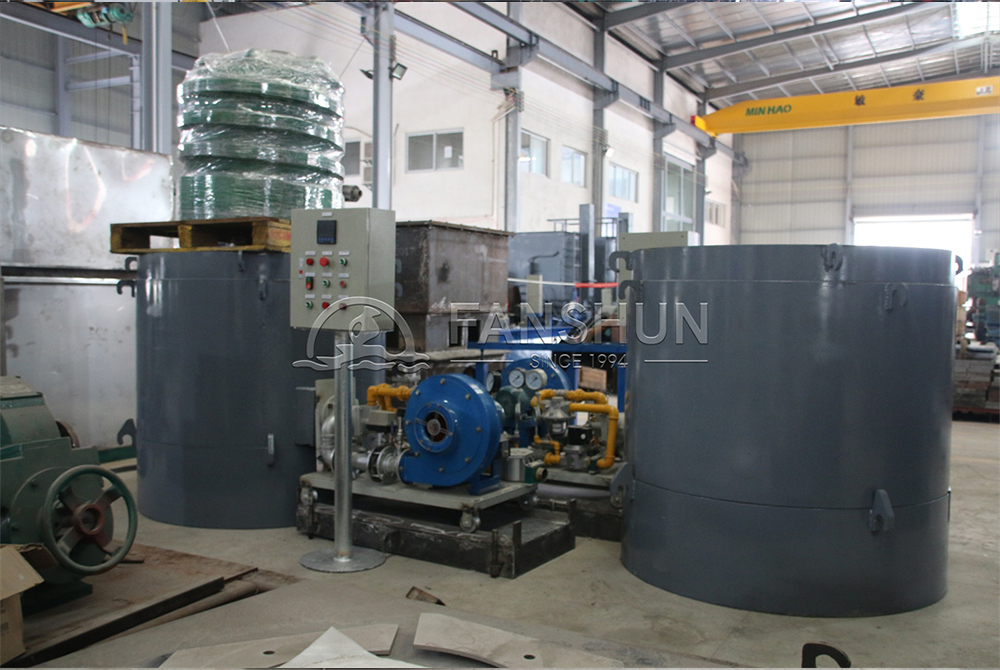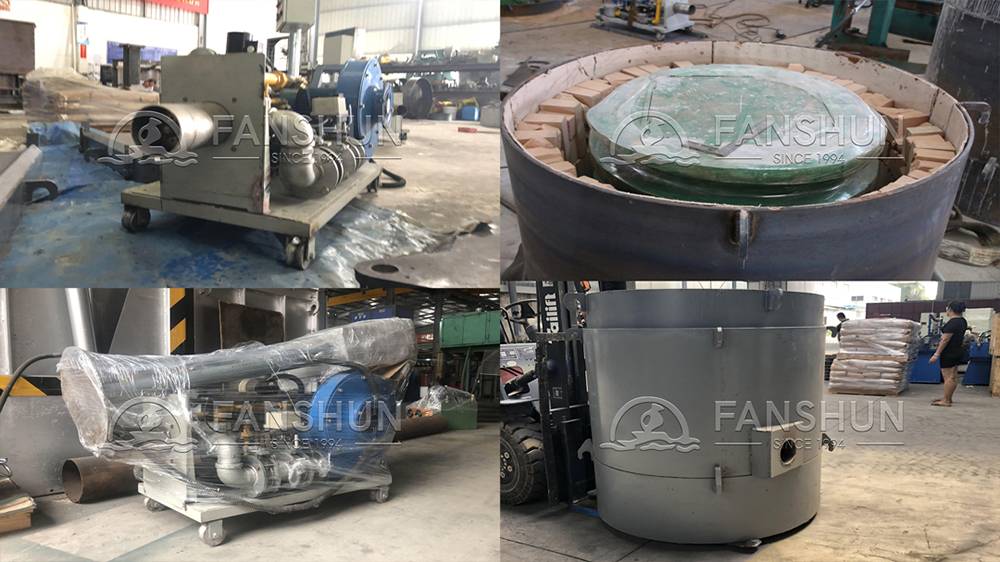One of the key components of this system is the Induction crucible, which contains the molten metal during the melting process. The crucible is designed to withstand high temperatures and the electromagnetic forces generated by the induction process, ensuring a stable and controlled environment for melting copper. This makes the Induction furnace for steel melting equally effective for melting other metals, offering versatility across different metalworking applications.
In conjunction with other metalworking machinery, such as Metal bar Straightening Machinery and Automatic chamfering machines, the Induction melting furnace plays a crucial role in preparing metal for further processing. For instance, after the metal is melted and cast, Metal bar Straightening Machinery can be used to straighten the bars, ensuring they meet precise specifications. Following this, an Automatic chamfering machine can be employed to create smooth, beveled edges, enhancing both the safety and appearance of the metal products.
Additionally, specialized machines like the Pneumatic chamfering machine and Rod chamfering machine offer further refinement by providing powerful, air-driven solutions for chamfering metal rods and bars of various sizes. These machines work in tandem with the Induction melting furnace, ensuring that the metal is not only melted and cast to perfection but also finished to the highest standards.
Overall, the Induction melting furnace and its associated technologies, including the Induction crucible and Induction furnace for steel melting, are indispensable in modern metalworking. They provide the efficiency, precision, and versatility needed to produce high-quality metal products, which can then be further processed using equipment like Metal bar Straightening Machinery, Automatic chamfering machines, Pneumatic chamfering machines, and Rod chamfering machines. This integration of advanced melting and finishing technologies ensures that manufacturers can achieve superior results in their metalworking operations.
